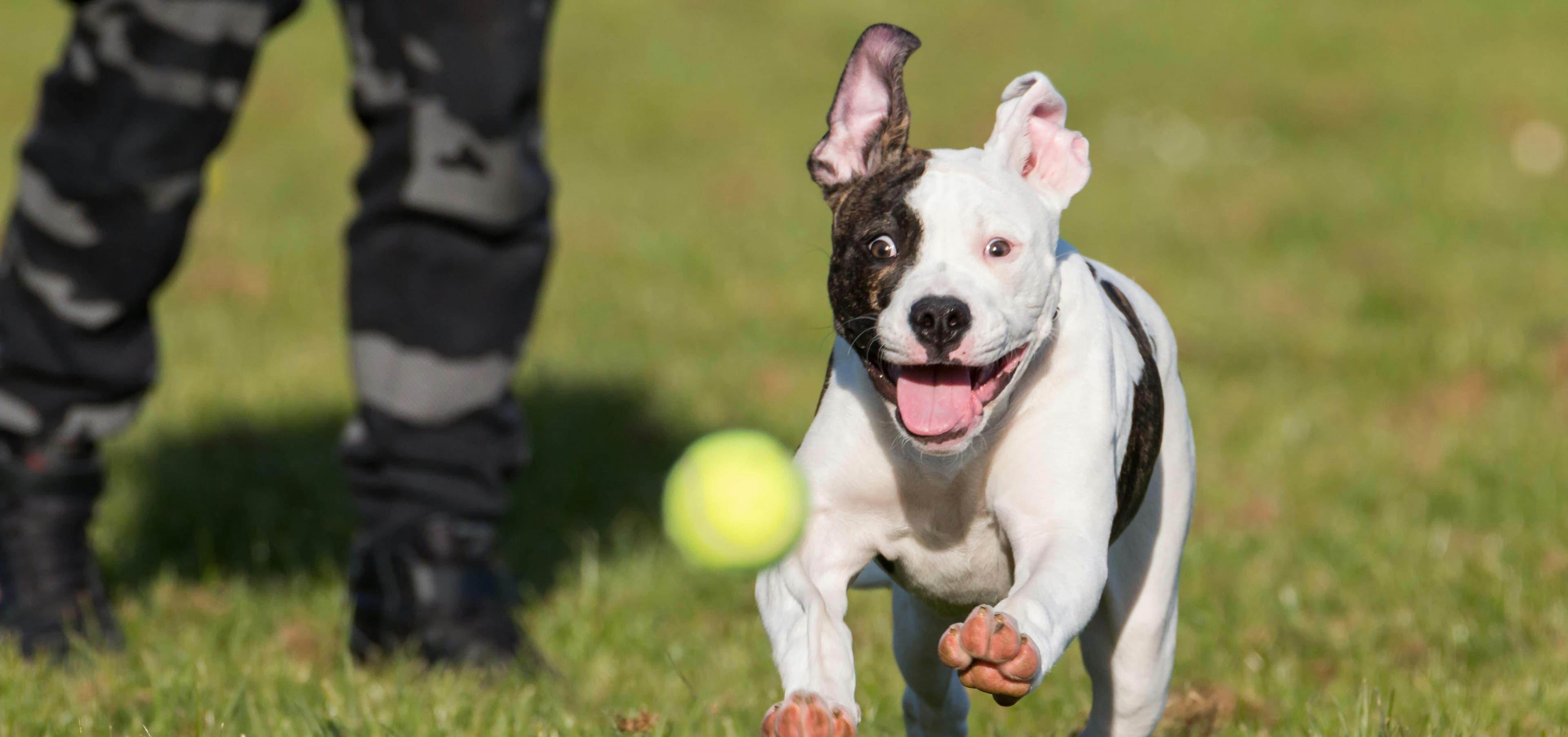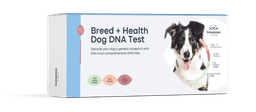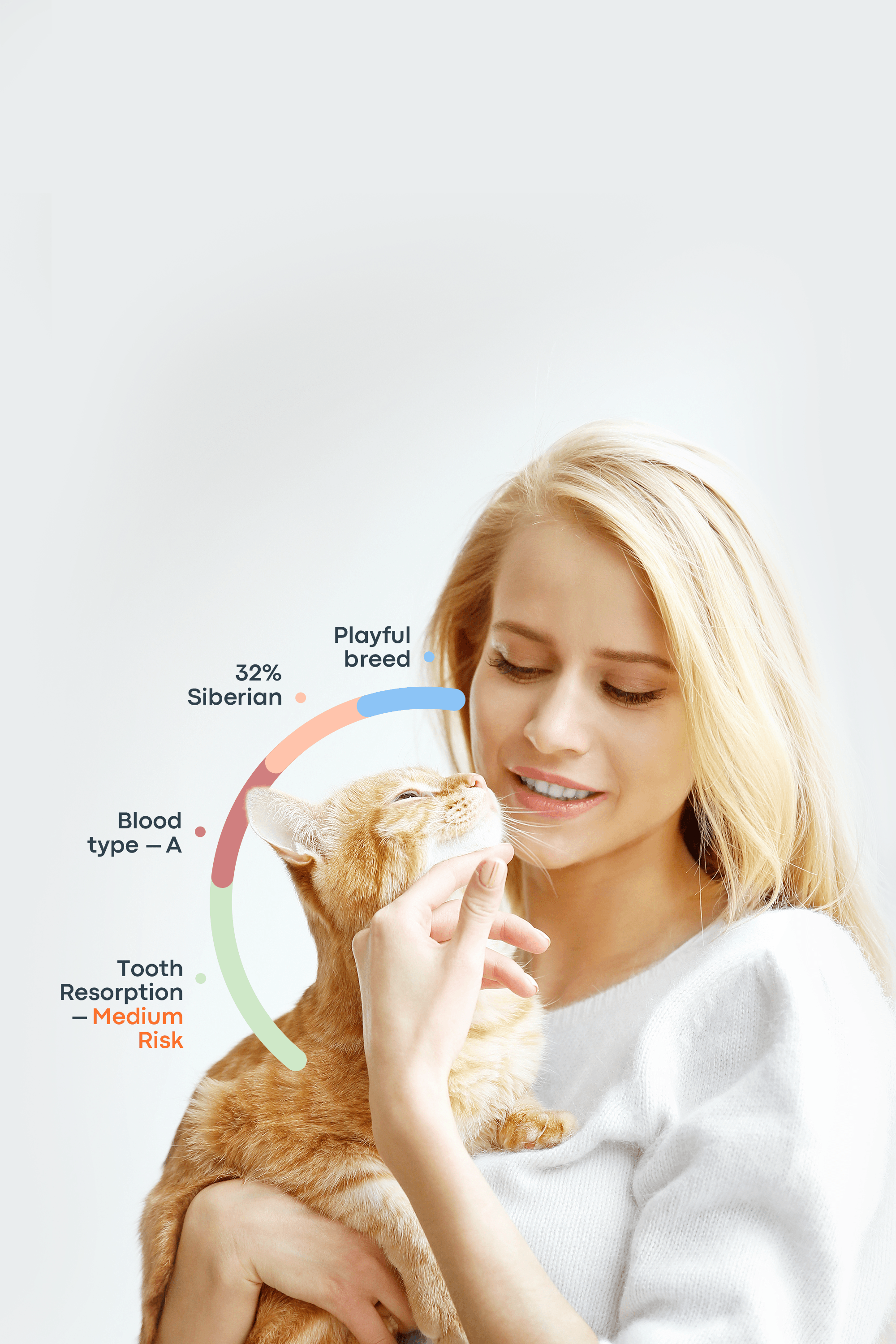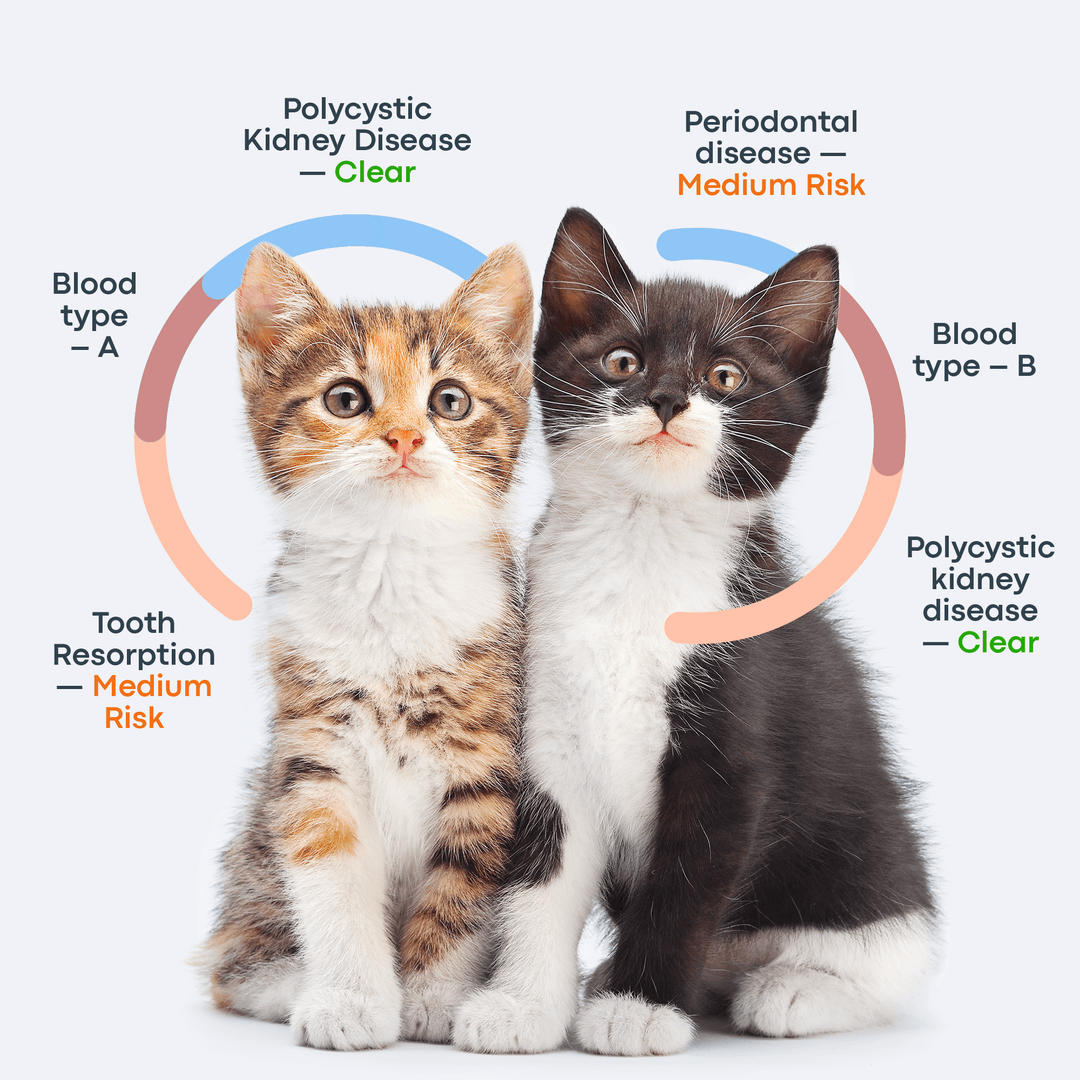The questions that often confront us are: Which dogs are the most dangerous? Should I be afraid of these breeds? Can scary-looking dogs be safe family pets?
Is it just a superstition or a misconception?
If we look at history, dogs have never compromised on faithfulness. That's why they have been used for hunting and guarding for so long. It is the breed and training that make people fearful.
Can any dog be friendly if raised in a friendly environment? Exactly! Consistent training and socializing can modify dogs' behavior and temperament. A supportive and positive environment plays a vital role in changing the nature of aggressive dogs.
The Scariest Dog Breeds
Personal experiences and cultural influences have portrayed some as the most dangerous dog breeds. Moreover, media depiction has also played a significant role in this. Some species' upbringing, genetics, and appearance have made them scary. A few breeds of scary dogs are presented below, with their estimated bite force. To give you an idea, a wolf’s bite force is 400 and a shark’s is 600 per square inch.
Rottweiler

Attribute | Details |
Weight | 80–135 pounds |
Height | 24–27 inches |
Characteristics | Intelligent, loyal, and protective |
Bite Force Estimate | Around 328 pounds per square inch |
These dogs are considered big scary dogs for their black and tan coat appearance but are known for loyalty, strength, and protection. They are often seen with police officers for investigations or tracking criminals. In addition, they guard and protect animals and particular communities. If responsible ownership is provided through proper mental exercises and affection, they could be trained to be kept as pets.
American Pit Bull Terrier

Attribute | Details |
Weight | 30–60 pounds |
Height | 18–21 inches |
Characteristics | Muscular, energetic, fierce |
Bite Force Estimate | Around 242 pounds per square inch |
Pit Bulls were not originally known as terrifying dogs. Their muscles are natural, but their fierce looks are sometimes artificially induced by sharpening their canine teeth, which helps them be recognized as some of the most dangerous dogs in America and as scary. They are often stereotyped as being one of the meanest dog breeds. This is in part due to dog bite statistics estimating these dogs to be responsible for 66% of fatal attacks. Genetics and nurturing are the reasons for their chilling appearance, while with love and training they can be raised to be friendly.
Wolfdog

Attribute | Details |
Weight | 50–100 pounds |
Height | 24–34 inches |
Characteristics | Complex nature, loyal to owners, intense genetic makeup |
Bite Force Estimate | Around 406 pounds per square inch |
The name of the breed is heart-pounding, along with its appearance. The wolfdogs are a hybrid of domestic dogs and wolves. Due to their wild nature, they require extraordinary care to be tamed. They demand experienced caretakers as they may exhibit unusual behaviors. Some states have banned them from being kept as pets as they may pose a threat to human beings and other creatures. According to Dr. Dutrow, cross-matching dogs and wolves was done to adopt a unique dog species to perform specific tasks.
Newfoundland

Attribute | Details |
Weight | 130–150 pounds |
Height | 28–30 inches |
Characteristics | Gentle and docile, strong swimming ability, moderate energy level |
Bite Force Estimate | Around 200–240 pounds per square inch |
Their huge size may cause people to consider them scary, but they are actually loyal, friendly, good-natured, and known as “gentle giants.” These are scary-looking but sweet and loving dogs. In addition, they are good swimmers, and their original breed was used by fishermen in Newfoundland, Canada. They are harmless and can be kept as pets, but regular care and exercise are mandatory to help them live happily.
Doberman Pinscher

Attribute | Details |
Weight | 130–150 pounds |
Height | 28–30 inches |
Characteristics | Gentle and docile, strong swimming ability, moderate energy level |
Bite Force Estimate | Around 200–240 pounds per square inch |
Originating in Germany as guard dogs, they have become highly trainable and versatile dogs that excel at various canine sports and working roles, including police and military service. These dogs form strong bonds with their families while acting as natural guardians – making them popular choices when seeking protection.
Great Dane

Attribute | Details |
Weight | 140–175 pounds |
Height | 30–34 inches |
Characteristics | Gigantic size, muscular body, gentle temperament, loyal and protective |
Bite Force Estimate | Around 238 pounds per square inch |
They might be considered scary for their extraordinary height, but in the meantime, they are some of the best watchdogs. As their height is exceptional, they require extra care to stay healthy. They develop friendly associations with children and other animals if given proper training. Do you remember Scooby-Doo? A Great Dane!
Cane Corso

Attribute | Details |
Weight | 90–120 pounds |
Height | 25–28 inches |
Characteristics | Trainable, gentle with family, moderate energy level |
Bite Force Estimate | Around 700 pounds per square inch |
The Cane Corso is an Italian breed known for its short, dense coat. While they tend to be calm indoors, they require regular physical and mental stimulation to stay healthy and well-behaved. With proper training and socialization, they can become devoted, caring, and protective companions.
Caucasian Ovcharka

Attribute | Details |
Weight | 100–200+ pounds |
Height | 25–30 inches |
Characteristics | Protective, independent, strong-willed |
Bite Force Estimate | Around 700 pounds per square inch |
Originating from the Caucasus region, these dogs were traditionally used to protect livestock from predators. They require experienced handlers for proper socialization and training.
Kangal (Turkish Kangal)

Attribute | Details |
Weight | 90–150 pounds |
Height | 28–32 inches |
Characteristics | Loyal, protective, independent |
Bite Force Estimate | Around 734 pounds per square inch |
These are large, muscular dogs with iconic black masks and short coats. They are known for their powerful presence and alert expressions, which make them worthy guardians. Kangals originated in Turkey to protect other livestock animals. They act as guard dogs against animals like wolves and bears. Their breeder should provide plenty of space to roam and an activity that suits their instincts.
Dogo Argentino

Attribute | Details |
Weight | 80–100 pounds |
Height | 24–27 inches |
Characteristics | Loyal, courageous, athletic |
Bite Force Estimate | Around 500 pounds per square inch |
The breed Dogo Argentino is also known as the Argentine Mastiff. They are athletic dogs with muscular builds originating from Argentina. These dogs, such as wild boar and puma, were initially developed for big game hunting. Early socialization and constant training sessions must occur for optimal behavior and training results to ensure well-behaved companions.
American Bulldog

Attribute | Details |
Weight | 60–120 pounds |
Height | 22–27 inches |
Characteristics | Confident, muscular build, good with children |
Bite Force Estimate | Around 305 pounds per square inch |
American Bulldogs are highly loyal, powerful, courageous, and muscular. They like to indulge in hiking, walking, and playing different games. Only well-trained people can keep them as pets; otherwise, their aggressive behavior may be quite alarming.
Gull Dong

Attribute | Details |
Weight | 80–100 pounds |
Height | 24–28 inches |
Characteristics | Fearless, independent nature, reserved with strangers |
Bite Force Estimate | Around 743 pounds per square inch |
According to an article by Jean Brewer, it's a breed that originated in Pakistan to rescue livestock and is well known for its guarding and protecting behavior. They are solid and sturdy dogs with heavy necks and strong jaws. To prevent any aggressiveness, they require training and exercises.
German Shepherd

Attribute | Details |
Weight | 65–90 pounds |
Height | 22–26 inches |
Characteristics | Loyal and watchful, energetic, good with children |
Bite Force Estimate | Around 238 pounds per square inch |
German Shepherd dogs are highly agile, active, loyal, intelligent and watchful. Their presence seems scary, but they offer their services for military, inspection, and search operations. They prove themselves to be extremely loyal to their owners and love to play various games. They are excellent watchdogs.
Boerboel

Attribute | Details |
Weight | 110–200 pounds |
Height | 22–27 inches |
Characteristics | Loyal, protective, calm with family, strong-willed |
Bite Force Estimate | Around 800–850 pounds per square inch |
The Boerboel is a powerhouse of a dog. They were bred to guard South African farms and handle serious threats. These dogs are incredibly grounded and affectionate. They form tight bonds and don't tolerate strangers easily. Early socialization is a must. Boerboels need a confident owner to guide them. They’re not for first-time dog parents. Structure and space are essential.
Belgian Malinois

Attribute | Details |
Weight | 40–80 pounds |
Height | 24–26 inches |
Characteristics | Strong, hard-working, calm with family, strong-willed |
Bite Force Estimate | Around 165 pounds per square inch |
The dogs of this breed are often mistaken for a German Shepherd. The Belgian Malinois is in a league of its own. These dogs are fast, focused and always ready to work. They're used in police and military roles for good reason. They don’t quit. They need serious mental and physical stimulation. A bored Malinois will create their own entertainment, often resulting in chaos. They bond hard with their person. These canines excel in agility, obedience and protection sports.
Tibetan Mastiff

Attribute | Details |
Weight | 70–150 pounds |
Height | 24–30 inches |
Characteristics | Protective, independent, aloof, dignified |
Bite Force Estimate | Around 550 pounds per square inch |
These ancient guardian dogs are independent thinkers. Tibetan Mastiffs have a strong instinct to protect. They’re quiet around family but make their presence known to anything unfamiliar. Don’t expect off-leash obedience. Their calm nature indoors contrasts with their intense outdoor alertness. You’ll need patience and respect to earn their trust.
Central Asian Shepherd (Alabai)

Attribute | Details |
Weight | 90–130 pounds |
Height | 26–30 inches |
Characteristics | Strong, independent, protective, calm |
Bite Force Estimate | Around 500 pounds per square inch |
This dog is a born protector. The main purpose for their breeding was to protect animals in hostile environments. These canines are resilient. Central Asian Shepherds are also resourceful and unflappable but not particularly affectionate. They have strong territorial instincts.
Fila Brasileiro (Brazilian Mastiff)

Attribute | Details |
Weight | 90–110 pounds |
Height | 24–30 inches |
Characteristics | Protective, loyal, fearless, good with family |
Bite Force Estimate | Around 500 pounds per square inch |
This breed does not do well with strangers. With their family, they’re affectionate, gentle and even goofy. Fila Brasileiro dogs are bred for protection and act fast if they sense a threat. That strong instinct makes training and early exposure essential. They need clear rules and a trustworthy leader. Filas don’t like being left alone for long. They bond deeply and prefer staying close to their people.
Bandog (Bandogge Mastiff)

Attribute | Details |
Weight | 90–130 pounds |
Height | 24–30 inches |
Characteristics | Easy-going, intelligent, trustworthy, stable |
Bite Force Estimate | Around 730 pounds per square inch |
The Bandog isn’t a recognized breed. It is a powerful cross between a Mastiff and a Pit-type dog. They’re bred for personal protection. Their intense drive and calm confidence make them formidable. Properly trained, Bandogs are steady, loyal companions. They require structure, leadership and purpose. They're not overly social. Chaotic environments are not their favorite.
Rhodesian Ridgeback

Attribute | Details |
Weight | 90–130 pounds |
Height | 24–30 inches |
Characteristics | Easy-going, intelligent, trustworthy, stable |
Bite Force Estimate | Around 730 pounds per square inch |
Rhodesian Ridgebacks were originally bred to track lions in Africa. These courageous dogs are full of grace. They’re loyal but not overly clingy. These dogs are athletic and independent. This means they can be strong-willed during training. It is important to stay consistent. They do well in active homes. A lot of room is needed to run and explore. Ridgebacks usually get along with other pets if raised together. Off-leash time requires caution because of their hunting instincts.
8 Tips on How to Train & Socialize ‘Scary’ Breeds
Start early: Begin socialization during puppyhood for the best results.
Expose them to variety: Introduce your dog to new people, other dogs, and different environments regularly.
Use positive reinforcement: Reward good behavior with treats, praise, or playtime.
Avoid punishment: Stay calm, manage frustration, and never punish your pet.
Keep it short and fun: Make training sessions engaging and brief to maintain interest.
Practice daily: Reinforce basic commands like sit, stay, come, and leave it every day.
Be firm but kind: Use a confident, friendly tone – avoid shouting.
Set and maintain boundaries: Be consistent with rules and expectations.
Conclusion
In a nutshell, every dog breed has its own unique needs and characteristics. Even the most intimidating dogs can become well-adjusted companions when their requirements are met with care and consistency. Handling such breeds calls for patience, compassion, and thoughtful attention.
Staying calm, practicing patience, using a gentle tone, and seeking professional guidance are all effective strategies for building trust and forming a strong bond. When approached correctly, even "scary" dogs can thrive and fulfill specific roles or purposes.
Additionally, DNA testing can offer valuable insights into your dog’s breed and genetic background. It’s a modern tool that not only satisfies curiosity but also deepens your understanding of your dog’s individuality, helping you build a stronger, more informed connection with your furry friend.
Frequently Asked Questions
Is it true that certain breeds are more likely to be aggressive?
Not exactly. Their physical appearance, fur, teeth, and bark make them look aggressive but training and environment play the key role.
Can any dog breed be friendly if raised in a loving environment?
Good training can positively impact a dog's behavior if raised in a loving environment, but some breeds are more affectionate than others.
Which breed of dog looks absolutely terrifying but is, in fact, a total sweetheart?
Tibetan Mastiffs probably fit the bill. They are huge and bulky. Their gaze can strike fear into any heart. Yet, they are big old softies at heart. Also, they are loyal to a fault, playful and gentle. This means they are the ideal family pets.



